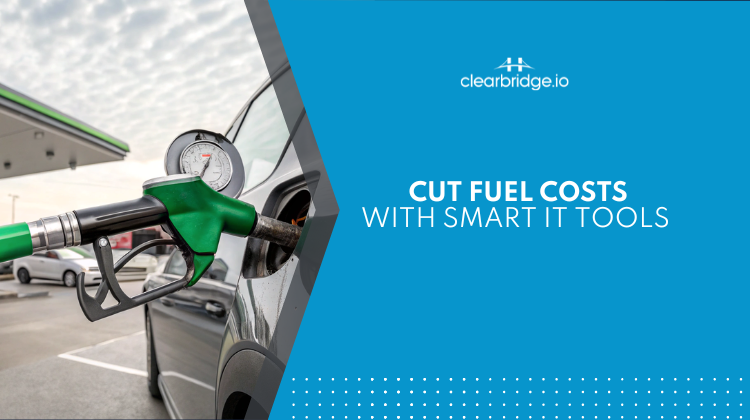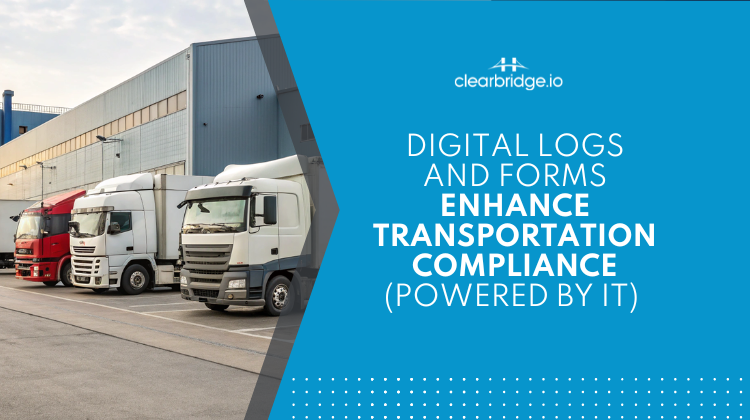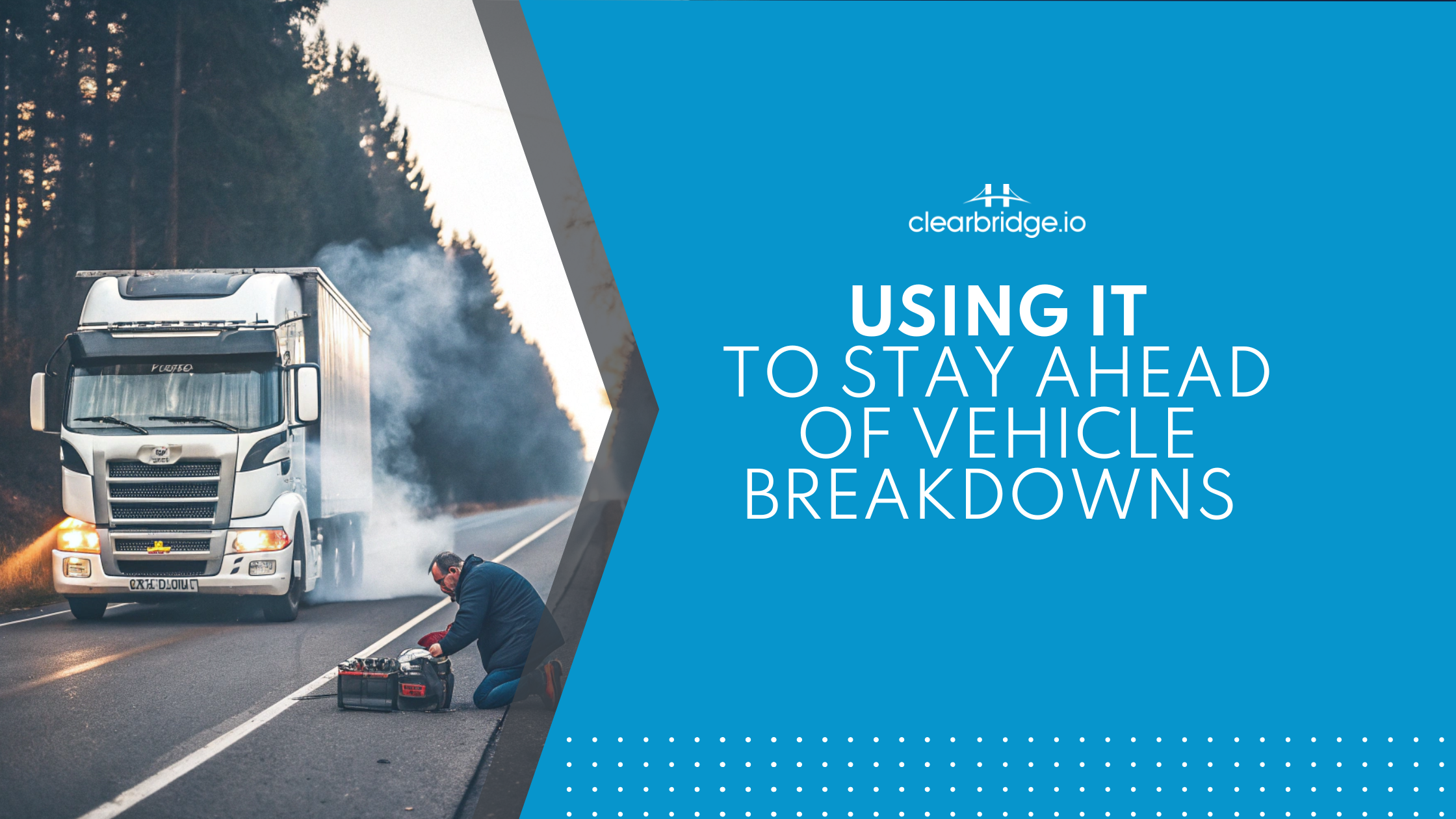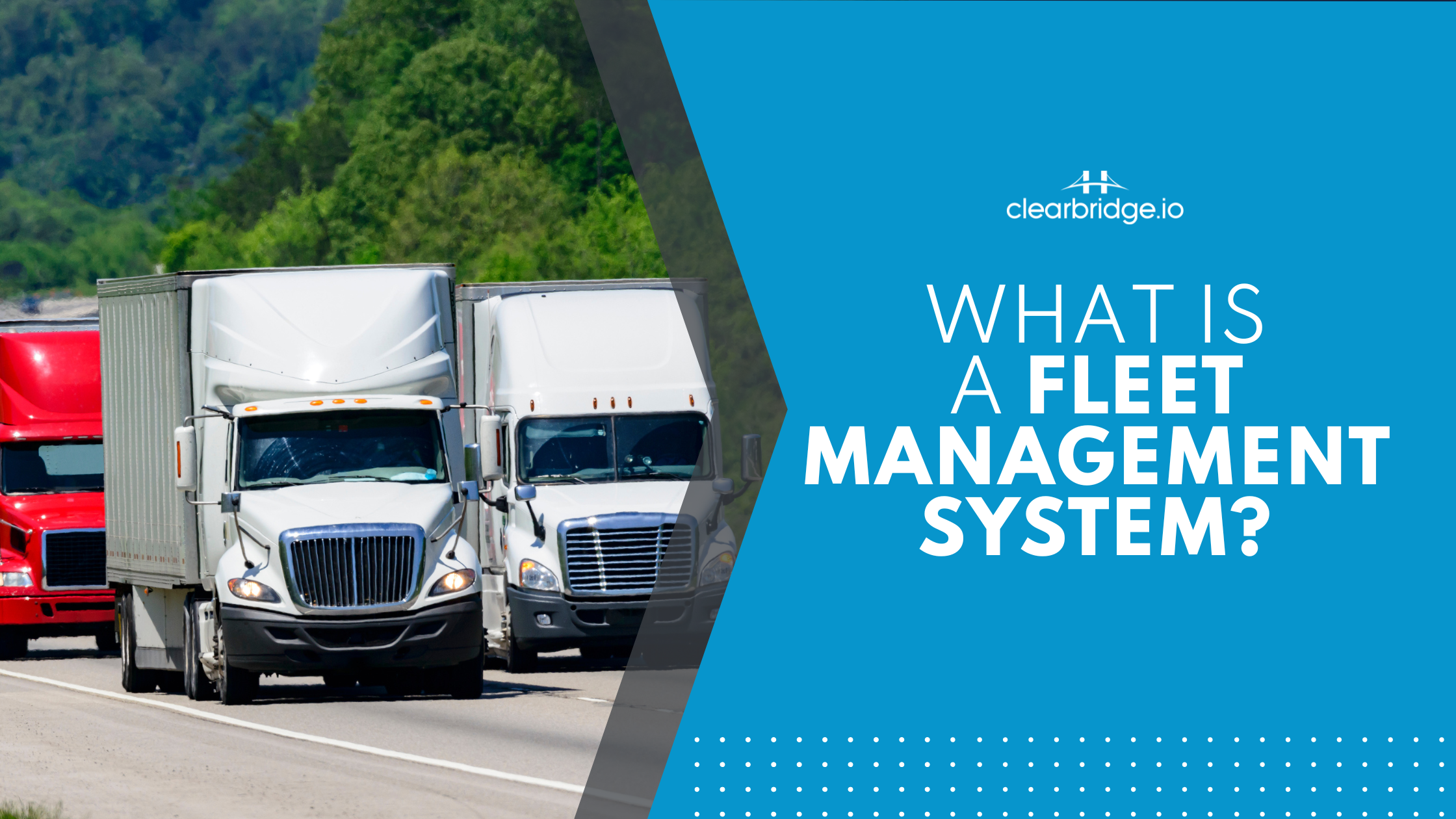The term “digital transformation” gets thrown around a lot these days.
But what does it actually look like in the world of transportation?
For American fleet operators, digital transformation isn’t just about adopting the latest tech. It’s about fundamentally changing how your fleet operates — making your business more efficient, reliable, and competitive in an industry where margins are tight, and customer expectations are sky-high.
Let’s explore how digital transformation is reshaping transportation and why now is the time to embrace it.
The Digital Shift: From Paper to Performance
Not so long ago, fleet management meant stacks of paperwork, phone calls to dispatch, and unpredictable maintenance schedules. Today, digital transformation means turning those old processes into streamlined, data-driven systems.
Imagine this: A driver logs into an app at the start of their shift, automatically tracking hours, engine health, and route efficiency. Meanwhile, the fleet manager monitors real-time data from a centralized dashboard, spotting potential issues before they become costly breakdowns.
Sounds like the future? It’s happening right now. Here’s how.
Four Pillars of Digital Transformation in Transportation
1. Smarter Fleet Management
Problem: Fleet managers spend too much time tracking vehicles, managing compliance, and dealing with breakdowns.
Solution: Digital fleet management platforms integrate GPS tracking, ELD compliance, fuel monitoring, and maintenance scheduling. With everything in one place, managers can:
– Track vehicles in real time
– Set maintenance alerts before problems arise
– Monitor driver behavior to improve safety and fuel efficiency
Outcome: Reduced downtime, lower fuel costs, and better compliance with FMCSA regulations.
2. Empowering Drivers with Digital Tools
Problem: Drivers are overwhelmed with paperwork and manual logging.
Solution: In-cab technology like tablets and mobile apps simplify tasks like logging hours, tracking shipments, and communicating with dispatch. These tools:
– Automatically record driving hours for accurate reporting
– Provide real-time routing updates to avoid delays
– Allow drivers to report issues instantly, keeping managers in the loop
Outcome: Happier drivers, fewer errors, and increased productivity on the road.
3. Turning Data into Decisions
Problem: Fleets have access to tons of data but lack actionable insights.
Solution: Advanced analytics tools collect and interpret data from vehicles, drivers, and logistics. This enables managers to:
– Predict maintenance needs based on usage patterns
– Optimize routes by analyzing traffic and delivery times
– Reduce idle time by identifying problematic driving habits
Outcome: Data-driven decisions that cut costs and keep the fleet moving efficiently.
4. Automating Daily Operations
Problem: Manual scheduling, billing, and reporting eat up valuable time.
Solution: Automated processes take care of routine tasks, allowing managers to focus on strategy instead of paperwork. Automating tasks like:
– Dispatching and route planning
– Compliance reporting and log submission
– Invoicing and payment tracking
Outcome: Smoother operations and reduced administrative burden.
Why It Matters: The Business Impact
For transportation companies in the U.S., digital transformation is more than just keeping up with the competition. It’s about:
– Cutting Costs: Efficient routing, reduced idle time, and better fuel management save money.
– Boosting Productivity: Drivers spend less time on paperwork and more time on the road.
– Staying Compliant: Automated reporting makes it easier to meet FMCSA and DOT requirements.
– Improving Customer Satisfaction: Real-time tracking and accurate ETAs build trust.
Taking the First Steps Toward Transformation
Ready to embrace digital transformation but unsure where to start? Follow these steps:
1. Assess Your Needs: Identify the biggest challenges your fleet faces.
2. Choose the Right Tools: Look for integrated solutions that fit your workflow.
3. Train Your Team: Make sure drivers and managers know how to use the new tech.
4. Monitor the Impact: Track fuel savings, efficiency gains, and driver satisfaction.
5. Stay Adaptable: Technology evolves — stay open to new solutions as they arise.
Clearbridge: Helping Your Fleet Transform
At Clearbridge, we work with transportation companies across the United States to implement technology that works for their unique needs. Our goal? To make your operations more efficient and your fleet more reliable.
Interested in seeing what digital transformation could look like for your fleet? 📞 Contact us today!





